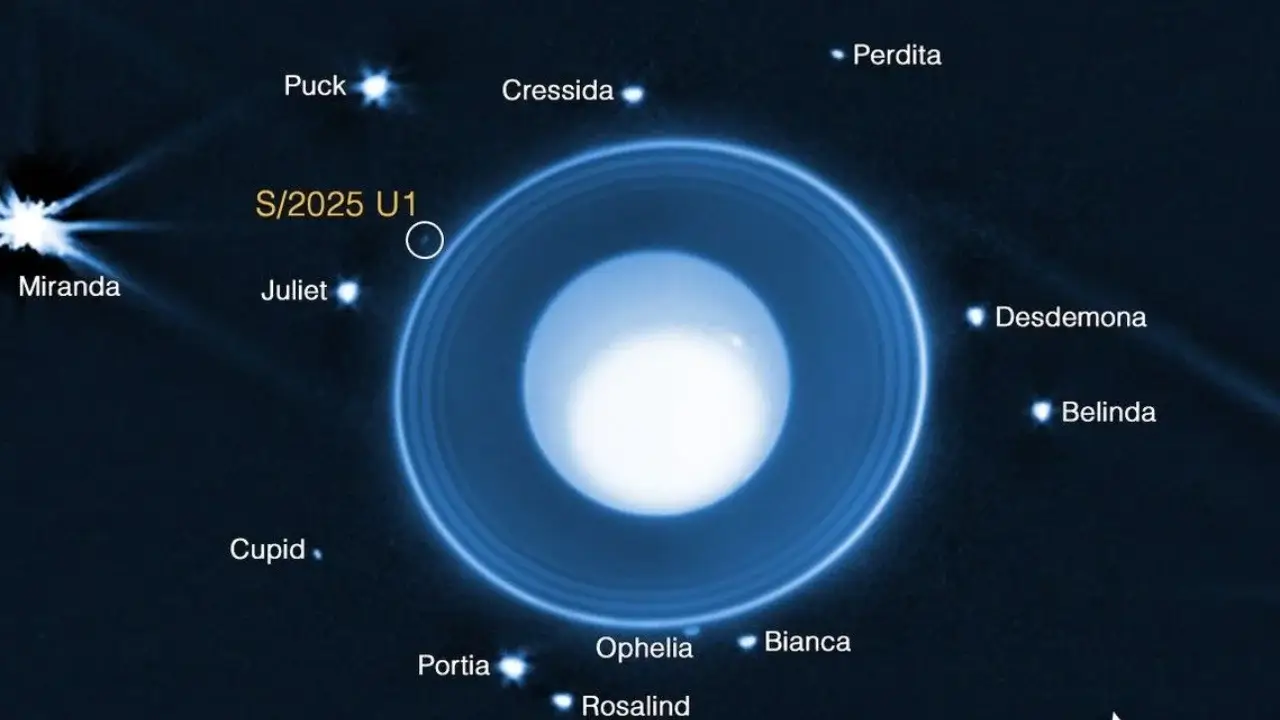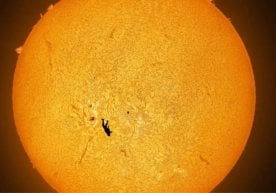
According to NASA, based on sources, the James Webb Space Telescope has discovered a new, previously unknown natural satellite orbiting Uranus. It was named S/2025 U1, and thus the number of known satellites of the planet has reached 29. This news has caused great interest among fans of space science.
A research group led by the Southwest Research Institute (SwRI) studied the new satellite using the telescope and determined its characteristics. NASA notes that this satellite was first identified during observations on February 2, 2025. This event opened new opportunities for scientists studying planetary systems.
The diameter of the new natural satellite is estimated to be about 10 km. Such a small size was probably not visible to the Voyager-2 probe that flew near Uranus in 1986. Therefore, its first detection once again demonstrates the importance of modern telescopes and technology.
Currently, S/2025 U1 orbits approximately 56,000 km from the center of Uranus and moves between the orbits of the moons Ophelia and Bianca in the planet’s equatorial plane. According to SwRI lead scientist Mariam El-Mutamid, “Its nearly circular orbit allows us to speculate that it may have formed close to its current location.”
Interestingly, Uranus’ first two moons – Titania and Oberon – were discovered by the English astronomer William Herschel in 1787. The 28th artificial satellite – S/2023 U1 – was first detected in November 2023 at the Las Campanas Observatory in Chile.
Thus, Uranus’ cosmic “family” has gained another new member. This scientific discovery made with the James Webb Space Telescope is a great source of joy and inspiration not only for astronomers but also for all fans of space and its mysteries.
Read “Zamin” on Telegram!Users of Меҳмон are not allowed to comment this publication.














